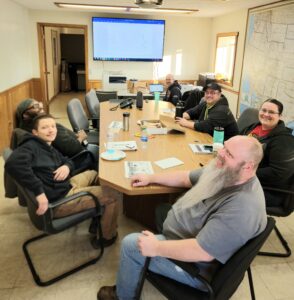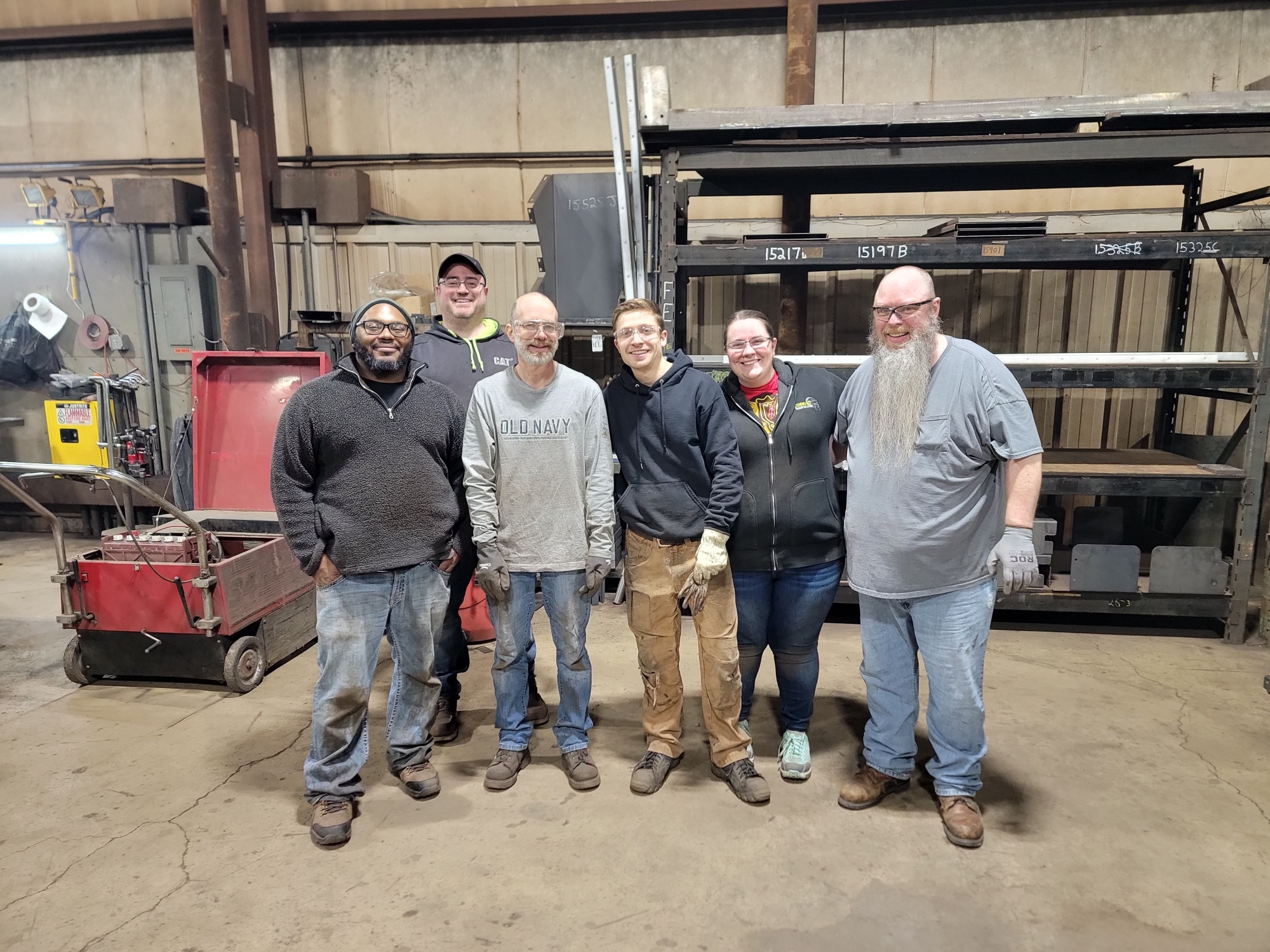With rising labor and logistics costs, inflationary pressures driving up raw material prices, and the ever increasing need to stay ahead of the competition; having a culture of continuous improvement is absolutely essential to your survival. Now, more than ever before, organizations need to constantly challenge the status quo and drive new innovations and ways of thinking into the business.
Consider this: 50% of businesses fail within the first 5-years, and 96 out of every 100 (96%) wither and die within 10 years of their founding. The simple explanation of the failure is these businesses could no longer pay their bills, but the reasons leading up to that ultimate failure are much more complex.
The variables that create a profitable situation for a business are not fixed, but continuously change and evolve. Over time, circumstances that were once the key to success become obsolete or fade in significance, and are replaced with new threats and pressures that didn’t even exist before. To be successful, leaders have to embrace change and treat their business as a living organism. All living organisms undergo changes over time; some subtle and others profound. The organism constantly adapts for success in a fluid environment, it develops new defenses against novel threats to ensure its survival.
 A business is not something static like a building, or machinery, or any of the other material things that keep its daily processes moving. A business is really successful over time because of one thing: the people inside the business collectively have a flexible and learning mindset, and an attitude geared toward constant improvement and discontent with the status-quo. Every long-term business success is ultimately determined by how well people work together to solve daily problems, by their cooperative ability to quickly adapt to new environments and pivot in new directions in response to the pressures and demands of constant change. The keys here for leaders is developing and sustaining a culture of innovation and constant improvement. You need to make this mindset a top priority in the organization you serve. Hire for this, promote for this, make it obvious this is in your DNA as a company and a requisite for advancement into leadership positions.
A business is not something static like a building, or machinery, or any of the other material things that keep its daily processes moving. A business is really successful over time because of one thing: the people inside the business collectively have a flexible and learning mindset, and an attitude geared toward constant improvement and discontent with the status-quo. Every long-term business success is ultimately determined by how well people work together to solve daily problems, by their cooperative ability to quickly adapt to new environments and pivot in new directions in response to the pressures and demands of constant change. The keys here for leaders is developing and sustaining a culture of innovation and constant improvement. You need to make this mindset a top priority in the organization you serve. Hire for this, promote for this, make it obvious this is in your DNA as a company and a requisite for advancement into leadership positions. 
Along with this mindset of constant improvement is the leader’s ability to rally people around shared goals and priorities. You can’t just have everyone doing improvement for improvement’s sake! People need to see how what they do fits into the bigger picture, they need to understand the tools for improvement, but more importantly how these tools can be deployed to help the organization achieve shared, top-level goals. To accomplish that, leadership needs to clearly and consistently communicate what the top-level objectives are, so each individual can tune their efforts to a common direction. Accomplishing this alignment creates a mighty force of collective effort that’s laser-focused on solving your company’s big-picture challenges. It is a game-changer and the “Special Sauce” guaranteed to beat the competition every time. This is perhaps the toughest of all leadership challenges. The reason why most businesses fail in the long-run is this cornerstone of their leadership foundation is neglected or overlooked. It could be that the founder’s influence has reached its limits as the organization has grown over time. What once was enough to meet the challenges of the day is no longer serving the company as effectively as it used to.
Succession planning is the last piece of the puzzle when it comes to developing a strong culture of constant improvement. New employees who are introduced to the company generally learn the ropes from the old guard. The advantage to this is that it allows the new employees to integrate into the organization and make contributions quickly and safely; they don’t have to feel the painful lessons from repeating all the mistakes of the past. The school of hard knocks ultimately provides a great education, but the tuition is quite expensive, and there is a high drop-out rate! The old-guard does the organization a huge service by helping steer new employees in the right direction with time-tested, successful processes and procedures. But the old-guard also has a responsibility to enable these new employees to have a voice, a safe and inclusive platform where they feel free to express their thoughts and ideas. Leadership has the responsibility to encourage and empower new ideas that help the organization better fulfill its mission. An organization’s new employees have tremendous value in that they possess a fresh and unique perspective, sharp eyes that can question the status quo and help reveal where it can and needs to be improved. They often have an energy and enthusiasm for change that the old-guard lacks, and are much more adaptable to new ways of thinking about things. The danger in the old-guard mindset, is the human tendency toward comfort and routine. Most people over time lose their ability to see the waste around them, they fall into rituals and habits, and get used to working around problems instead of challenging and changing the paradigms that create and perpetuate them. The effects of succession, when it is done right, will create a smooth and successful transition for the organization into the future. It guides the organization of today along the path to what it needs to become to be successful tomorrow. It retains and protects the company’s core values and all that works well, and lets go of or evolves all those things that are no longer serving the organization effectively any more. Moreover, it creates a mindset that accepts this life of change and adaptation is our only reality, a never-ending journey we can either fight against in vain or embrace and contribute to. It is leaderships job to make sure this mindset flourishes and grows, for the long-term good and survival of the business.


Recent Comments